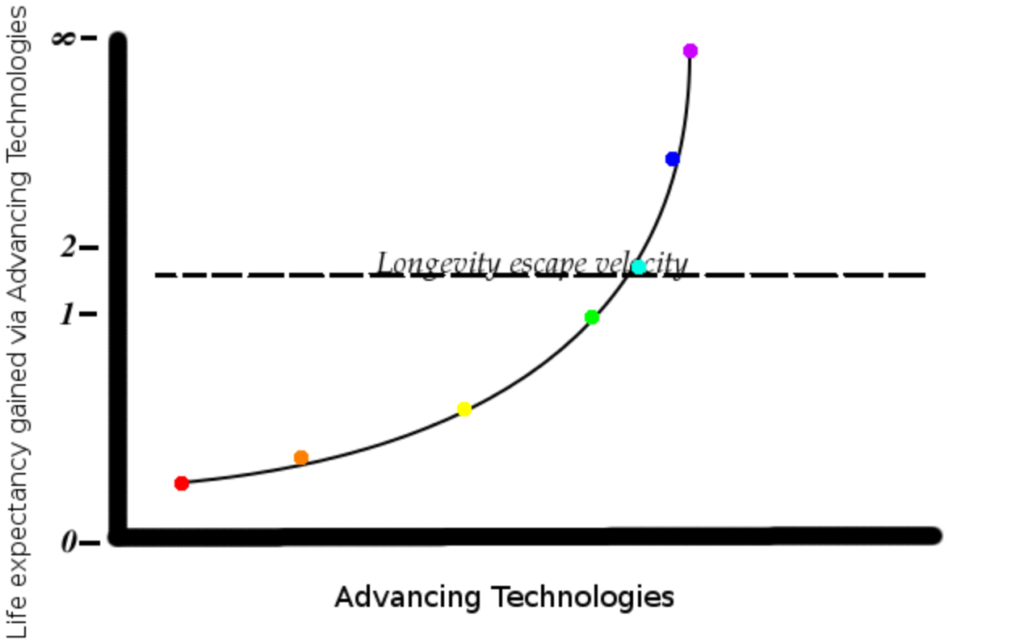Link: https://www.linkedin.com/pulse/23-tidbits-human-operating-system-nate-worrell/
Graphic:

Excerpt:
1- We Aren’t Totally Human – Almost half of the cells in our body don’t come from us. We have a universe of microorganisms, each of which brings their own DNA into the mix. From a BBC report:
“The human genome – the full set of genetic instructions for a human being – is made up of 20,000 instructions called genes.
But add all the genes in our microbiome together and the figure comes out between two and 20 million microbial genes.
Prof Sarkis Mazmanian, a microbiologist from Caltech, argues: “We don’t have just one genome, the genes of our microbiome present essentially a second genome which augment the activity of our own.
“What makes us human is, in my opinion, the combination of our own DNA, plus the DNA of our gut microbes.”
2- We share DNA with Bananas and Copied Viral DNA: Our closest genetic relative is the chimp, but we are connected to dogs and cats and even fruit flies and yes, bananas.
Author(s): Nate Worrell
Publication Date: 1 Jan 2023
Publication Site: Longevity Assistant at LinkedIn
